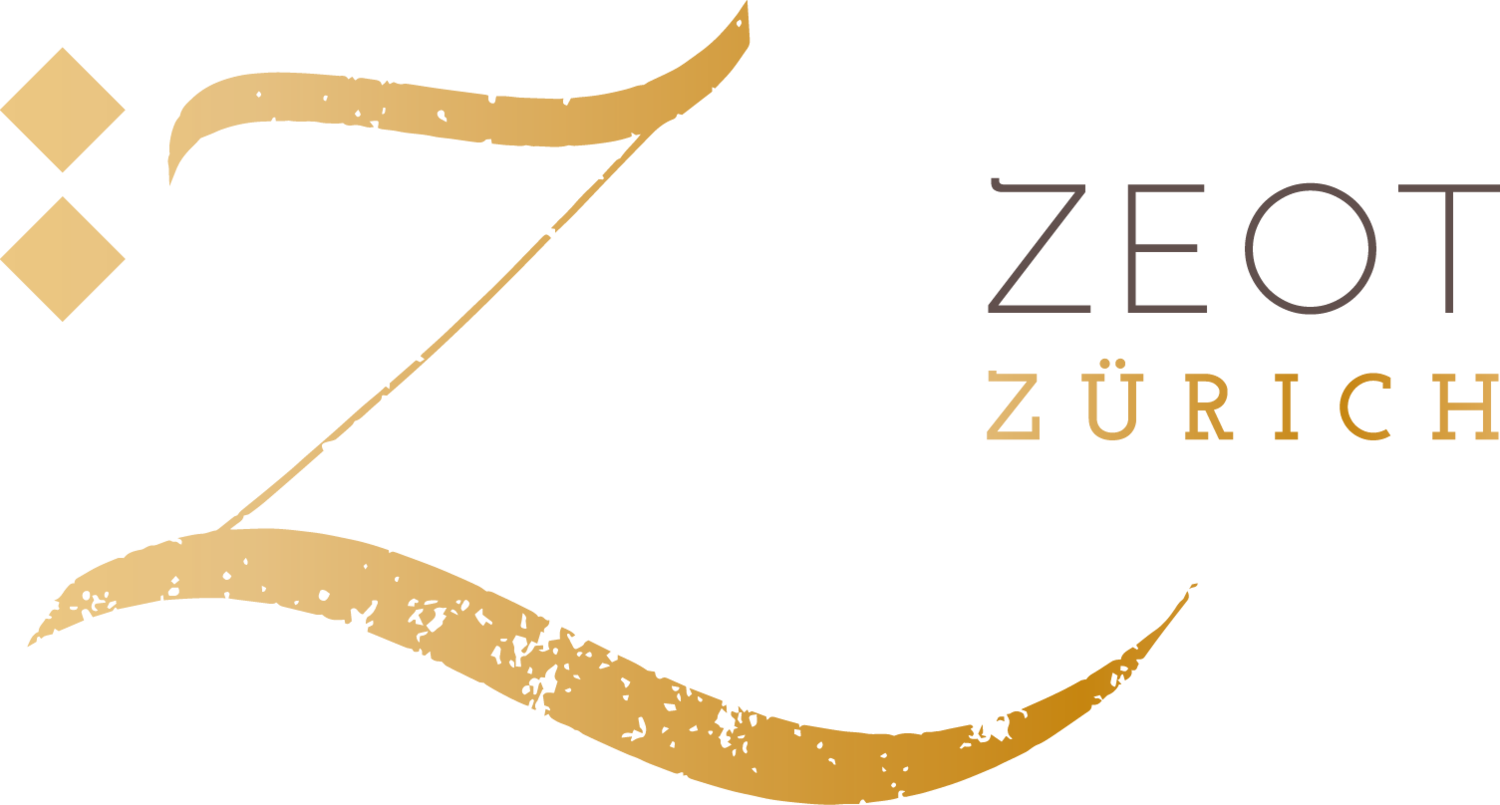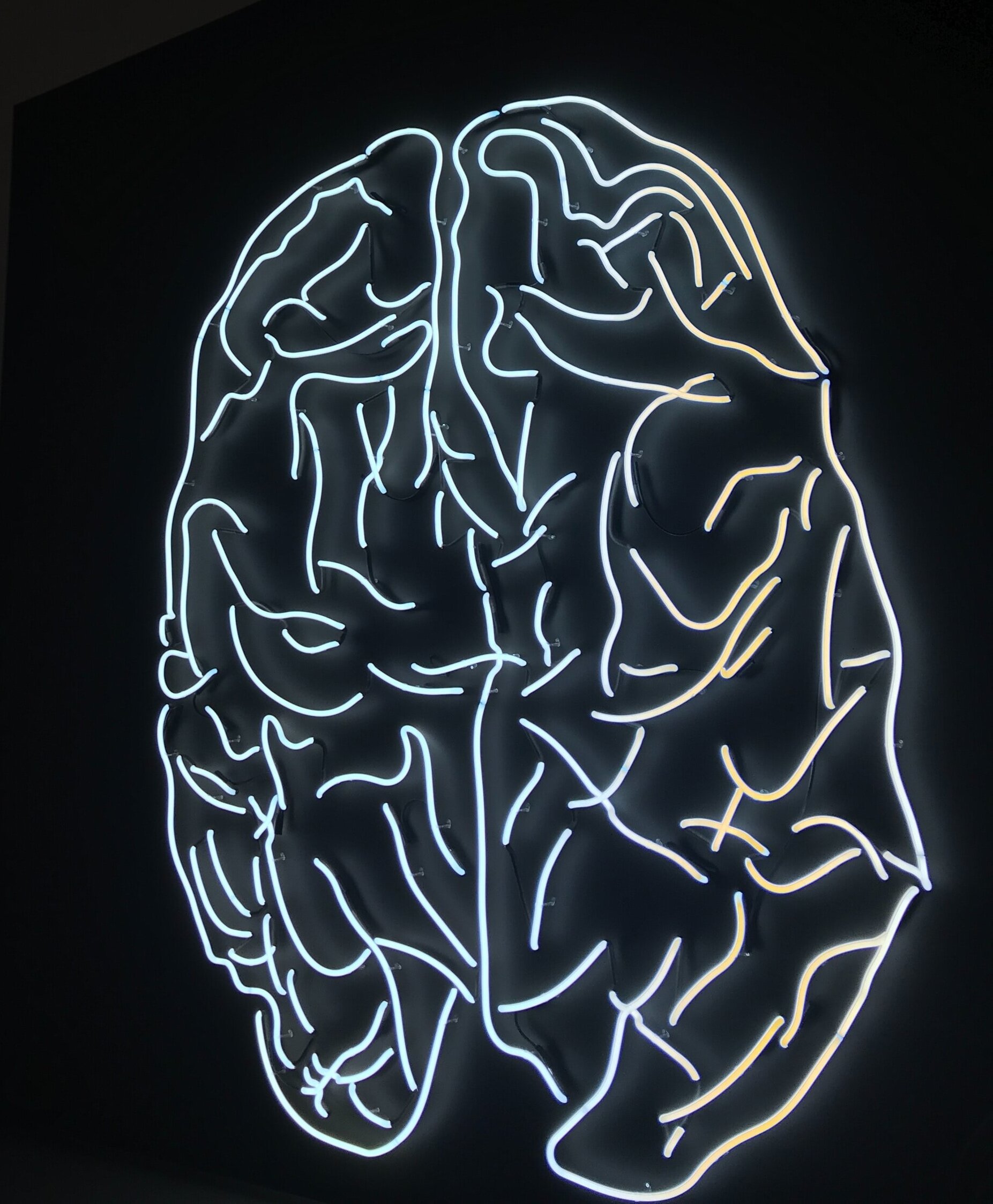“How do you do that?” “It must have taken years to learn how to dance!” “I’m just not coordinated or flexible or…” We all have our ‘excuses’ for not being able to do something but how much of our ability to dance is really based on our talent, coordination or fitness? And how much by what we are telling ourselves? Read on to find out about the importance of practice, attention and mindset in dance.
WHAT ARE YOU THINKING?
The way you think can have a tremendous influence on your dance ability. Having a growth mindset - believing that your abilities and outcomes are influenced by hard work (as opposed to mere natural talent) - is a way of thinking that increases your motivation levels and resiliency to keep going when you find something difficult.
Look for ways in which you can improve your dance technique and work hard to correct mistakes or bad habits. Don’t get caught up in your failures/shortcomings, comparing your ability levels to other dancers in the class.
At the end of the day, “the athlete should recognize the value of challenging themselves and the importance of effort over anything else.” (Dweck, 2006)*
BEGIN AGAIN…& AGAIN
The Beginner’s Mind is a concept from Zen Buddhism called Shoshin. It can be summarised as having an attitude of openness, eagerness, and lack of preconceptions when studying a subject, even when studying at an advanced level, just as a beginner in that subject would.
The longer you dance the further away you move from '“beginner status” and the harder it gets to connect with the natural openness of a beginner. However practising this concept can free you up to try new techniques or styles and remove some of the self-inflicted pressure to do it perfectly!
Ways to connect to your beginners mind include listening to your teacher carefully when she gives correction to another student. Ask yourself how can you apply that to your own dancing?
Feel your body! Are both sides of your body reacting the same way? What can you do to improve your efficiency and ease of motion?
Think about how the movement feels today. Don’t think about how it felt or how difficult it was in the last class! Approach it as if it’s the very first time and be ready to see the possibilities available to you.
VISUALISE
Visualisation is often used by athletes and is a skill that you can use to improve your dance technique. Guided visualisation or imagery is purposely rehearsing a skill, routine or performance in your mind's eye to program your body for success.
Make sure to be in a relaxed state and see yourself performing the moves or choreography perfectly as you visualise regularly. Don’t forget that although visualisation is important, what's even more important is the feeling it creates inside of you. Create powerful emotions, and you'll create powerful performance states.
Happy dancing!
*Dweck, Carol S. Mindset: The New Psychology of Success. 1st ed. New York: Ballantine Books, 2006.



